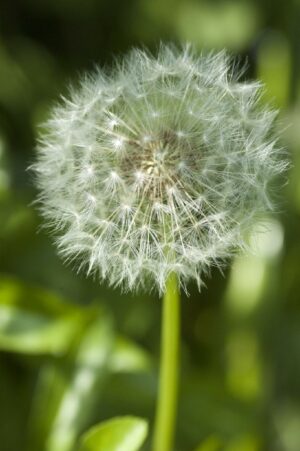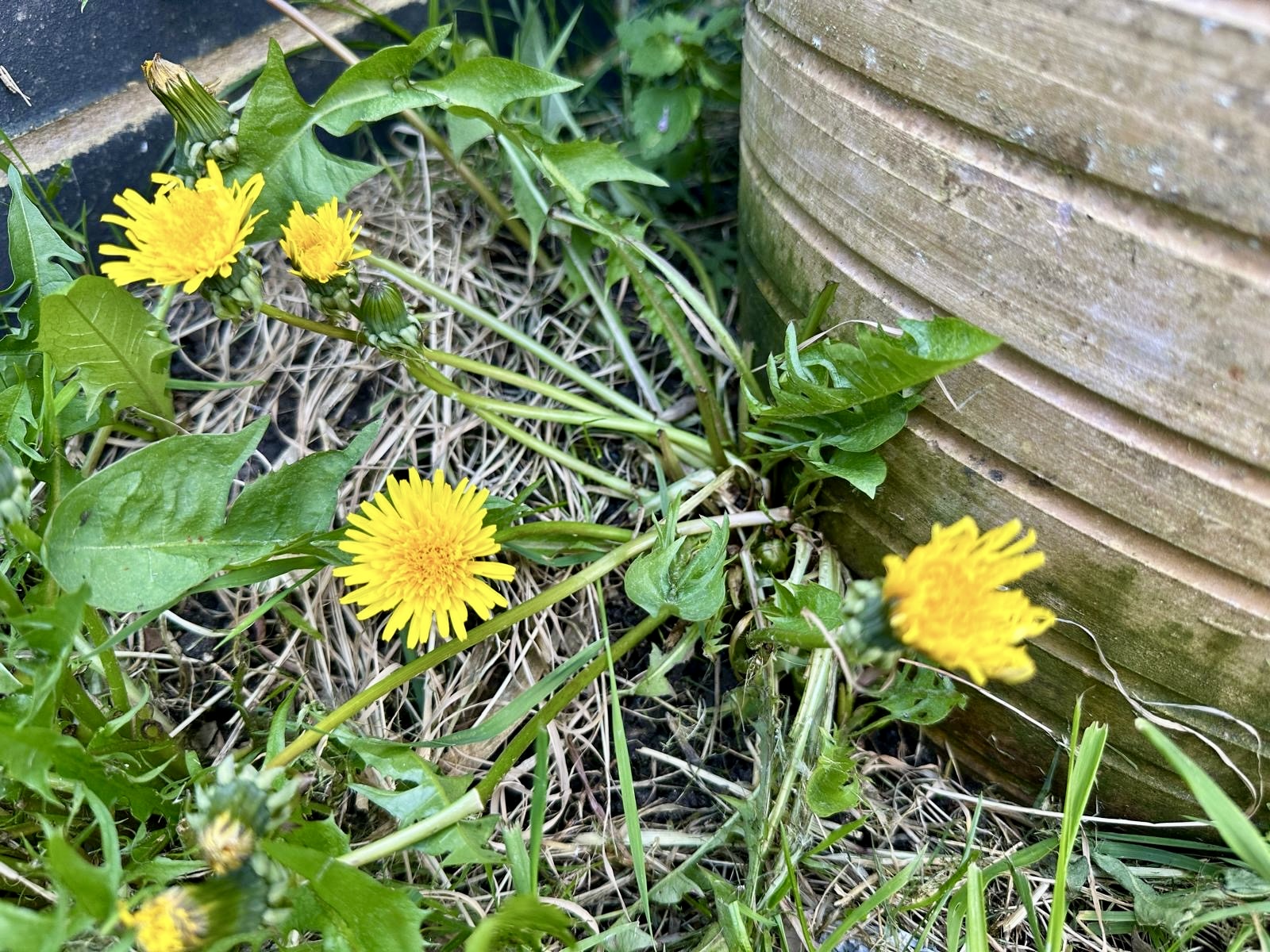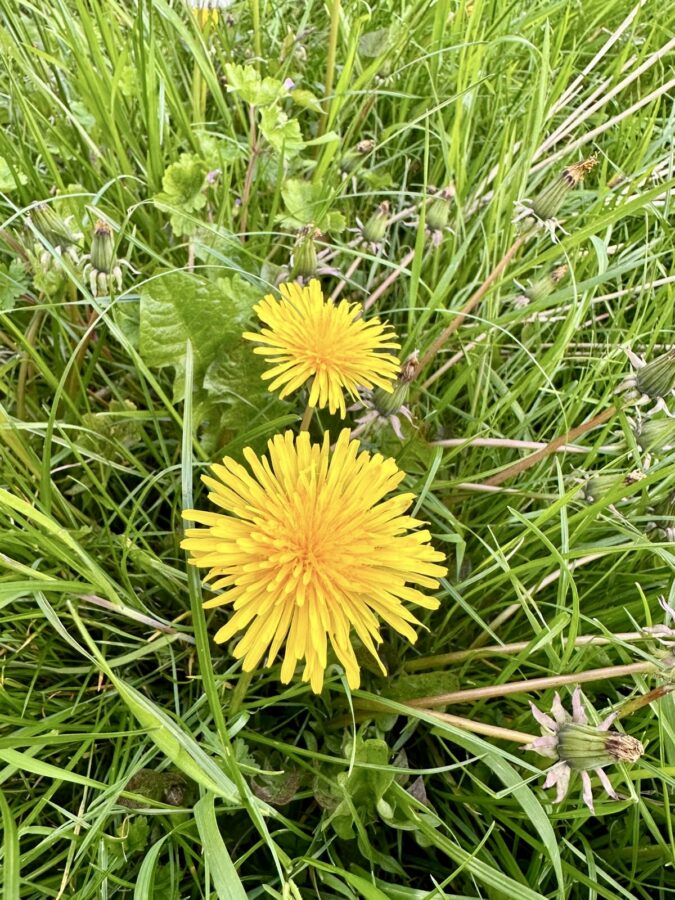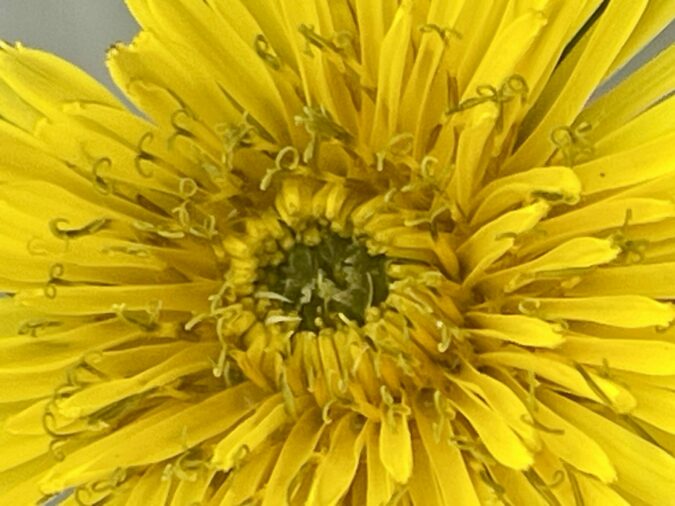In praise of dandelions

To many people, the dandelion is a pernicious weed. First one makes its way into your garden, but then due to its reproductive capacity - there are dozens. Each flower stalk may produce up to 200 seeds with their characteristic parachute for dispersal. A plant may produce 10 or so flower stalks, so that it is a lot of seeds from a single plant. Once the seeds disperse and germinate, they produce a significant tap root which grows down into the soil seeking water and minerals. The seedlings can survive in inhospitable places, like the cracks between street paving stones or on your drive.
As the seeds are wind blown, they may travel considerable distances with the aid of their ‘parachutes'. However, changes in agriculture, increasing use of herbicides etc have meant that countryside populations of dandelions have diminished. This has affected the insects that feed upon the dandelions' nectar and pollen. As the number of these insects falls, it affects the seed production of other plants that these insects visit.

Interestingly, urban dandelions seem to benefit from the heat island effect in cities. A city may be some 2oC warmer than its surrounding countryside, more so in the summer. Dandelions seem to thrive in the heat, growing more rapidly than their 'rural cousins'. Urban warmth also means that the plants can begin to flower soon after a milder and shorter winter, whereas other plants struggle to adapt to changing environmental signals. The urban dandelions provide a 'feast' for insects in early Spring when resources are limited. Urban meadows can provide 90% of the nectar for pollinators, and 80% of the pollen. These provide sugars and proteins / amino acids for some 200 species of pollinators [ solitary bees, mining bees, bumble bees, hover flies and pollen beetles]. The gifts of the dandelions are helping many struggling insect populations.

Interesting fact : Dandelions often reproduce by a sort of sub-sexual system (termed apomixis) that has resulted in some 200+ microspecies in the U.K. These have been studied by Professor John Richards for some 40 years. The species name Taraxacum officinale has a gg. (for aggregate) added to it - in recognition of all the variations of the plant that can be found. Thanks to Angus for images.
https://en.wikipedia.org/wiki/Taraxacum officinale

Comments are closed for this post.
